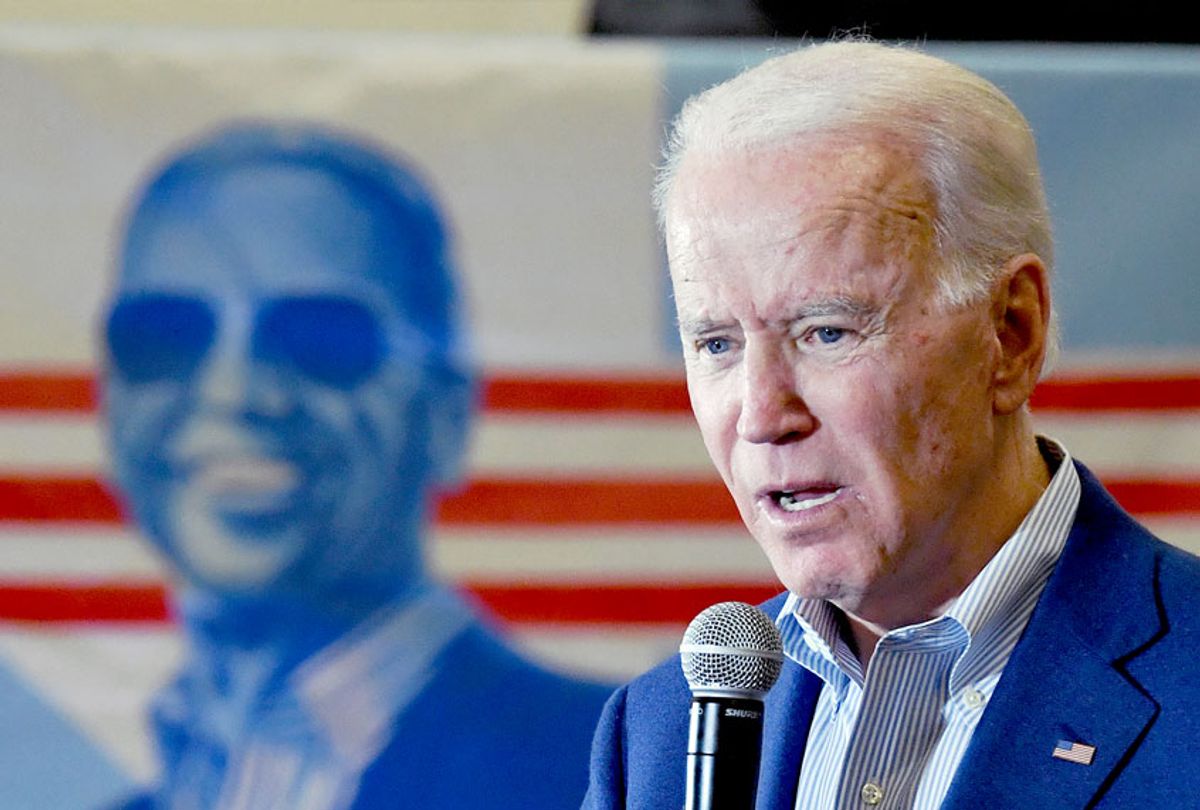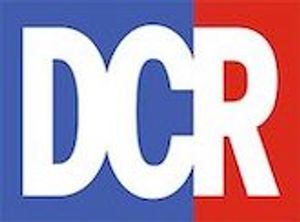The Trump EPA is trying to stack an advisory committee on drinking water to continue to help polluters and cost-conscious water utilities even if Trump loses in November.
The EPA is asking for nominations to fill five seats on the National Drinking Water Advisory Council for three-year terms that would start in December.
The council was created as part of the Safe Drinking Water Act of 1974 signed by President Gerald Ford, but Tim Whitehouse, the executive director for Public Employees for Environmental Responsibility, said the council traditionally has been weighted in favor of local utilities and industry. He said the council needs public health advocates.
"They're a very conservative group by nature even pre-Trump," Whitehouse said.
EPA Administrator Andrew Wheeler is expected to appoint the new members. The council's new appointments under Trump have included Alexandra Campbell-Ferrari who co-founded a nonprofit that works on water security. One of the nonprofit's directors is Roger Martella, the former EPA general counsel under George W. Bush.
Another Trump EPA appointee is James Proctor II, the senior vice president and general counsel of McWane Inc. The Birmingham, Ala.-based company was prosecuted in 2009 for environmental crimes and pleaded guilty to nine felony charges of knowingly violating the Clean Water Act.
Under the Obama administration, the council created a workgroup that adopted proposals to weaken the Lead and Copper Rule. Published in 1991, the rule is supposed to minimize lead and copper in our nation's drinking water. The current requirements under the rule are so weak that they didn't raise a concern about Flint, Mich., where more than 8,600 childrenwere supplied lead-contaminated water for 18 months.
An estimated 15- to 22-million people, or 5% to 7.5% of our nation's population, drink water delivered through lead pipes.There are no safe levels of lead in drinking water.
Low levels of exposure to lead in children are linked to hyperactivity, anemia, lower IQs, physical and learning disabilities and slowed growth.
EPA scientists and experts were excluded from the workgroup. The council adopted recommendations designed by utility employees working with the American Water Works Association, an industry lobbying group. Water utilities did not want to pay for replacing lead pipes on private property.
The new rule would keep the lead concentration of more than 15 parts per billion, a level that doesn't protect human health, as the level where utilities are required to address corrosion in water pipes. The new rule would also slow the rate of replacing lead pipes, cutting it in half, from 7% of lead pipes a year to 3% for each utility with lead levels over the action limit.




Shares